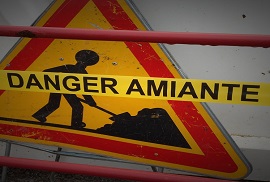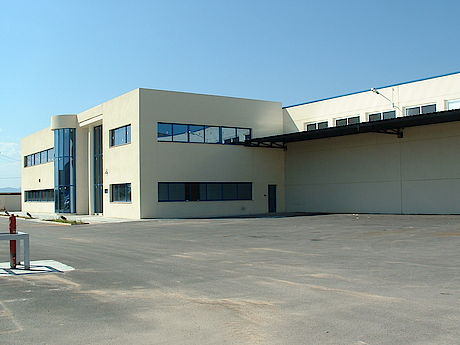
Nowadays, there is a greater awareness on the risks of asbestos thanks to the researches which prove its danger and to the dissemination of severe health issues which have arisen throughout the decades. These are the main keys to know what asbestos is.
9 june 2016
Asbestos is a material sold successfully during the second half of the 20th Century until its sale and use were forbidden in 2001 after its health hazards were brought to light. Exposure to asbestos can lead to severe illnesses such as lung cancer and mesothelioma; also, it increases the risk of suffering throat, kidney, oesophagus or gall bladder cancer.
This material became a revolution in the world of construction. In most buildings and remodelling which took place in Spain from the 70s on, the use of asbestos got really spread due to the many benefits that it provides. Great resistance to many external factors is one of its main characteristics.
- Asbestos is really resistant to:
- High temperatures even over 1,000 ºC. It serves as a thermal insulation.
- Electricity, it can work as an electrical insulation.
- Chemical agents. Its composition allows supporting aggressive chemical substances.
Composition
Asbestos is a mineral composed of microscopic fibre groups with a variable chemical composition. Its different varieties are classified into serpentines and amphiboles.
- Serpentines
This variety stands out for its curved fibres. Within this group, we could highlight chrysotile, commonly known as white asbestos, which represent 90% of the asbestos in use.
- Amphiboles
This type has straight fibres. Among the most important ones we find amosite (brown asbestos), crocidolite (grey asbestos) and the anthophyllite (yellow asbestos).
Where does it come from?
A 2001 report stated that there are 4.2 million tonnes of fibre cement materials installed around Spain, which means that around 300 million squared meters of plates made out of this material were placed.
This high amount was mostly produced in the northern part of the country. Regions such as the Basque Country, Catalonia, Asturias or Aragon concentrated the national production of fibre cement materials; however, it also raised popularity in Andalusia.
Even so, importation became one of the main sources of supply for products with these characteristics. Around 2.6 million tonnes of asbestos arrived to our country in the hands of foreign investors, approximately half of the quantity installed during the last century.
Chronology of its prohibition
- 1984. The Spanish Government paid no attention to the medical advices on prohibiting the use of this material after diagnosing the first 70 cases of people affected with the fibre cement carcinogenic particles.
That same year, the Government’s only decision was to restrict the exposure levels by approving new regulations on the prevention of risks for this material.
- 1991. The World Banc stablished a policy not to finance the use of products containing asbestos.
- 1999. The European Union Technical Committee banned the use of any product related with this material from 2005 on.
- 2001. Spain prohibited asbestos following Europe’s indications from two years before.
- 2006. The Government approves the Royal Decree 396/2006 providing the compulsory health and security measures for the jobs holding risk of exposure to asbestos.
- 2013. The European Parliament approved a resolution on the health risk related to this material that arise while working. This text also tackles the prospects of removing the existing asbestos.










